
Planetary Picture of the Day
Week of June 19, 2023
Lighting on Jupiter, phytoplankton blooms on Earth, and a celebration of Sally Ride's first space flight.
Monday, June 19, 2023
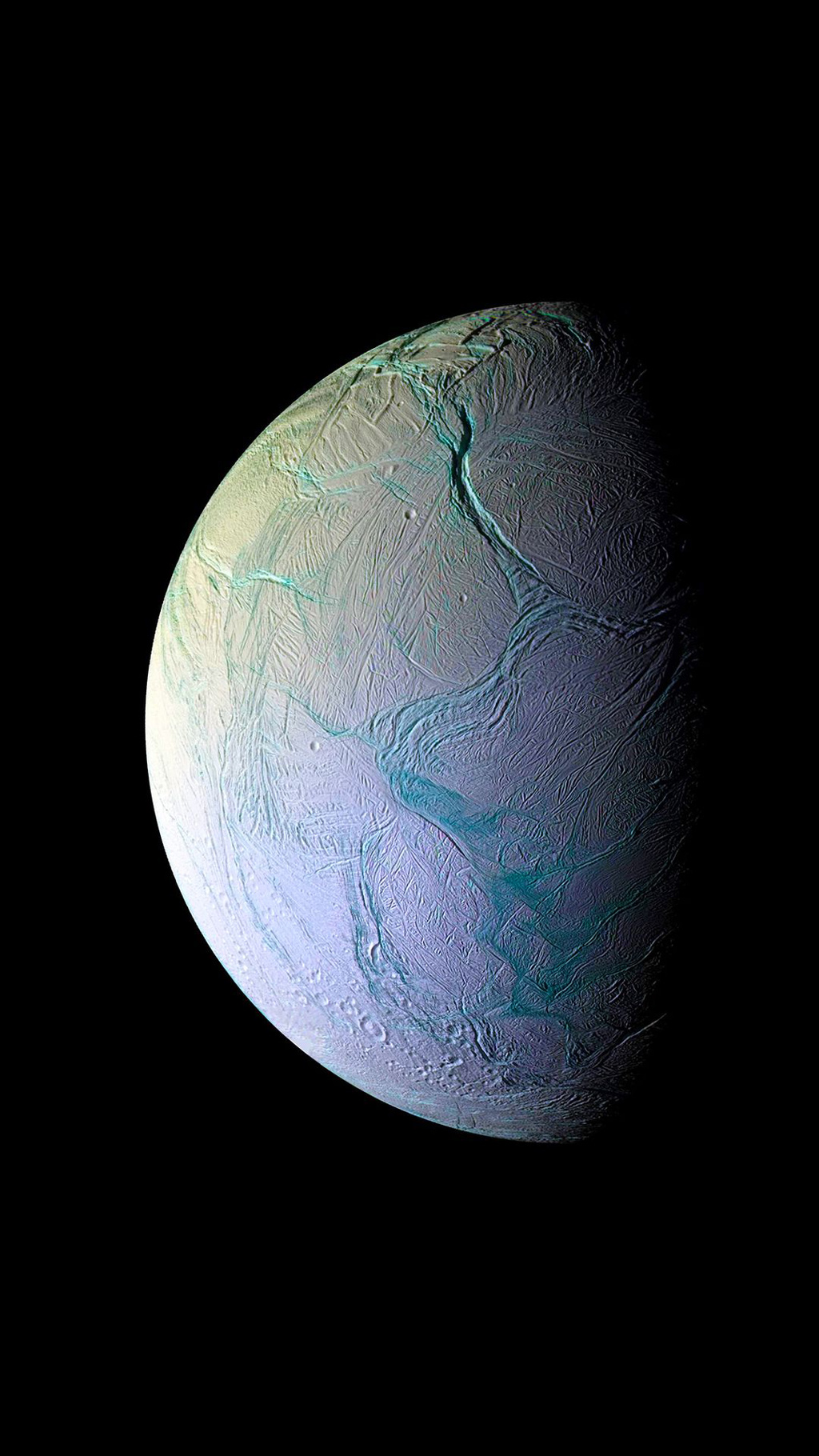
Saturn's Moon, Enceladus
Enceladus is the sixth-largest moon of Saturn. It is about 500 kilometers in diameter and is one of the highest-priority candidates for life beyond Earth amongst the ocean worlds, along with Europa and Titan. Deep below Enceladus' icy shell, the subsurface ocean is heated by the energy produced from gravitational tides as Enceladus orbits around Saturn. Hydrogen and carbon dioxide were found in the moon's plumes, and now, new research has found phosphorus as well. This clue is the latest showing that, in that ocean, not only is there enough energy to support an ecosystem but also some of the fundamental building blocks of life.
Tuesday, June 20, 2023
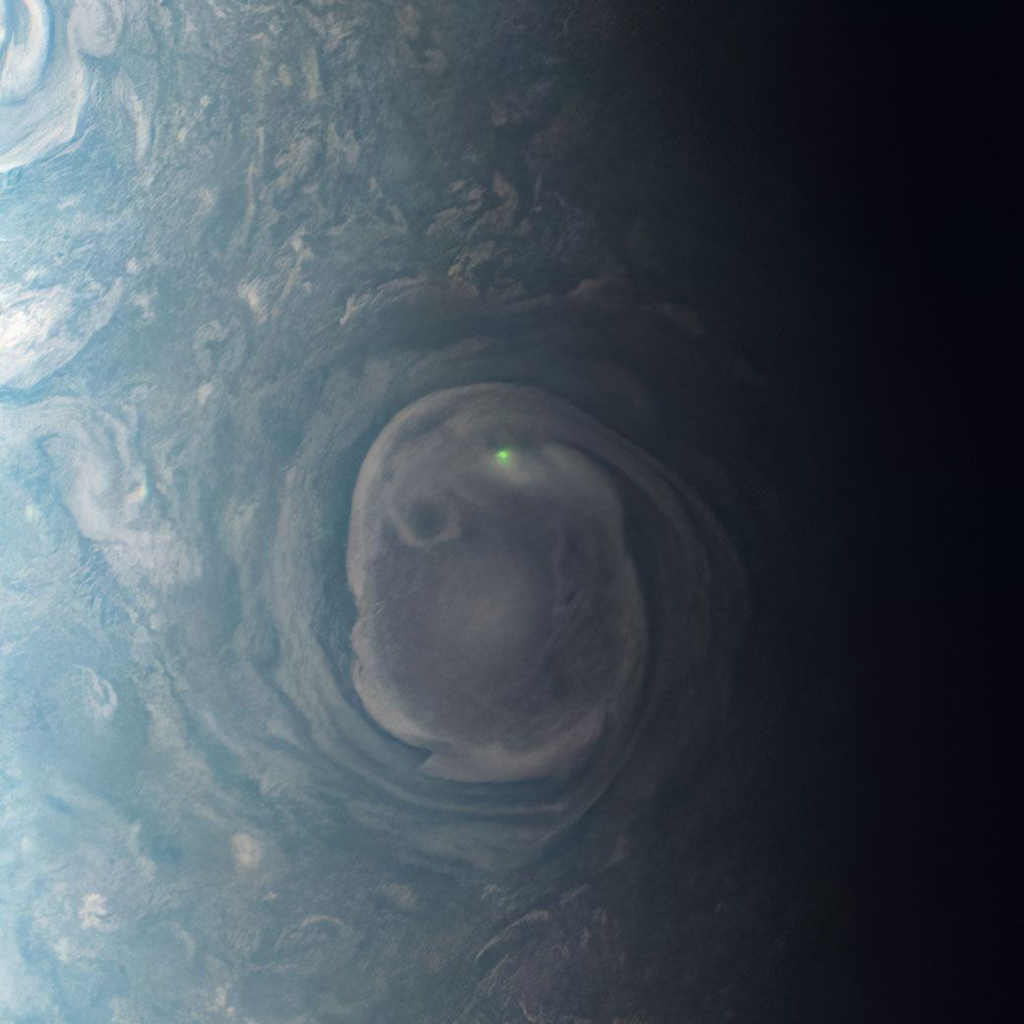
Lightning On Jupiter
In this view of a vortex near Jupiter’s north pole, NASA’s Juno mission observed the glow from a bolt of lightning. On Earth, lightning bolts originate from water clouds, and happen most frequently near the equator, while on Jupiter lightning likely also occurs in clouds containing an ammonia-water solution, and can be seen most often near the poles.
Juno captured this view as Juno completed its 31st close flyby of Jupiter on Dec. 30, 2020. In 2022, citizen scientist Kevin M. Gill processed the image from raw data from the JunoCam instrument aboard the spacecraft. At the time the raw image was taken, Juno was about 19,900 miles (32,000 kilometers) above Jupiter’s cloud tops, at a latitude of about 78 degrees as it approached the planet.
Wednesday, June 21, 2023
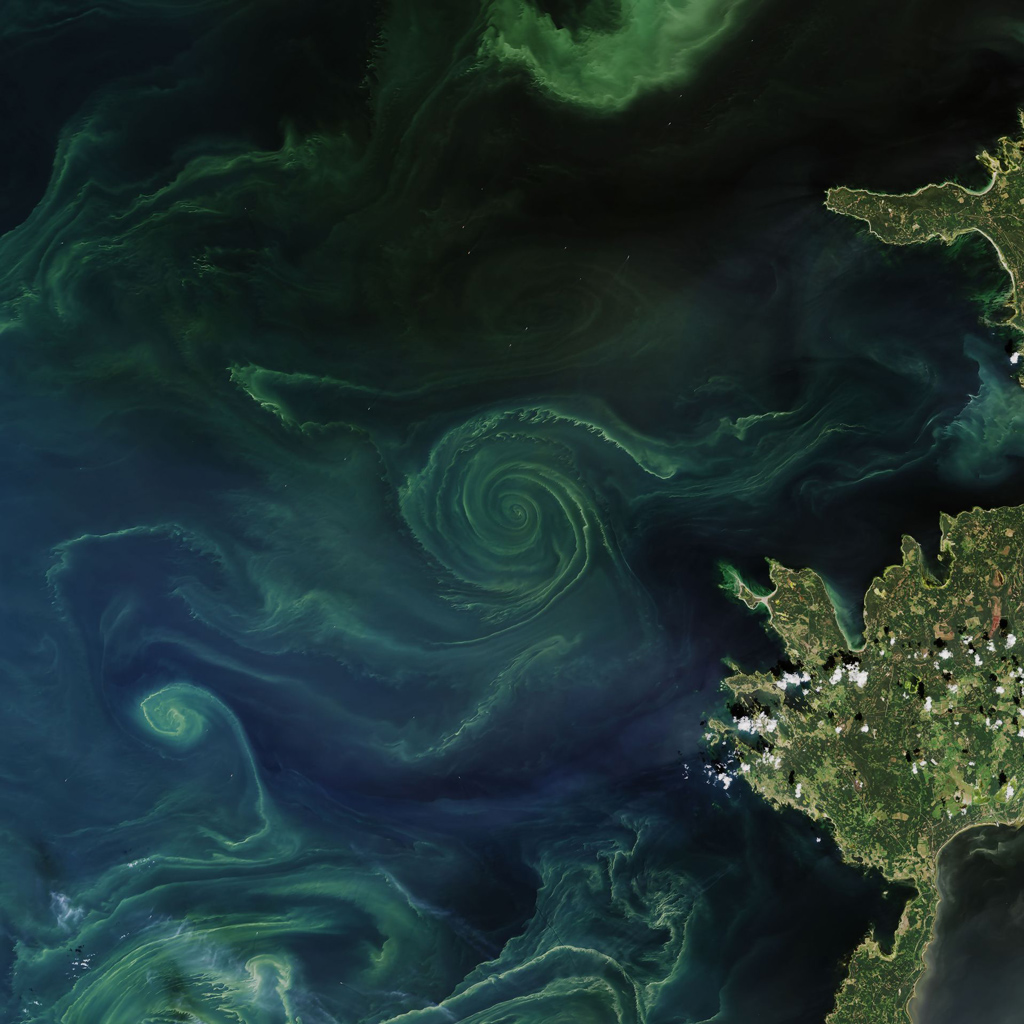
Summer Blooms in the Baltic
Every summer, phytoplankton spread across the northern basins of the North Atlantic and Arctic Oceans, with blooms spanning hundreds and sometimes thousands of miles. Nutrient-rich, cooler waters tend to promote more growth among marine plants and phytoplankton than is found in tropical waters. Blooms in summer 2018 off Scandinavia [were] particularly intense.
On July 18, 2018, the Operational Land Imager (OLI) on Landsat 8 acquired a natural-color image of a swirling green phytoplankton bloom in the Gulf of Finland, a section of the Baltic Sea. Note how the phytoplankton trace the edges of a vortex; it is possible that this ocean eddy is pumping up nutrients from the depths.
Thursday, June 22, 2023
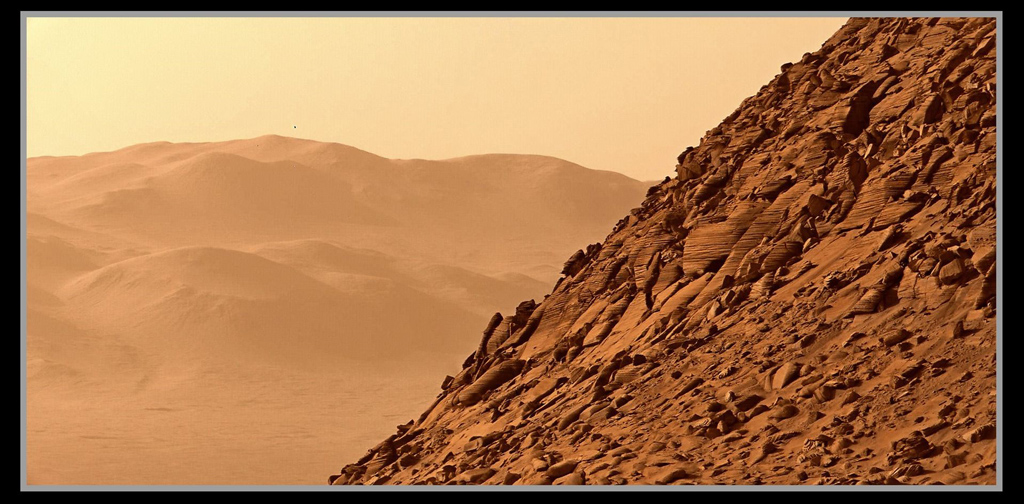
Steep Slope on Mars
NASA's Curiosity rover continues to explore some breathtaking views at Gale crater. This image was taken on Sol 3861 (Jun 17, 2023). Note the striations in those sedimentary rocks!
Friday, June 23, 2023
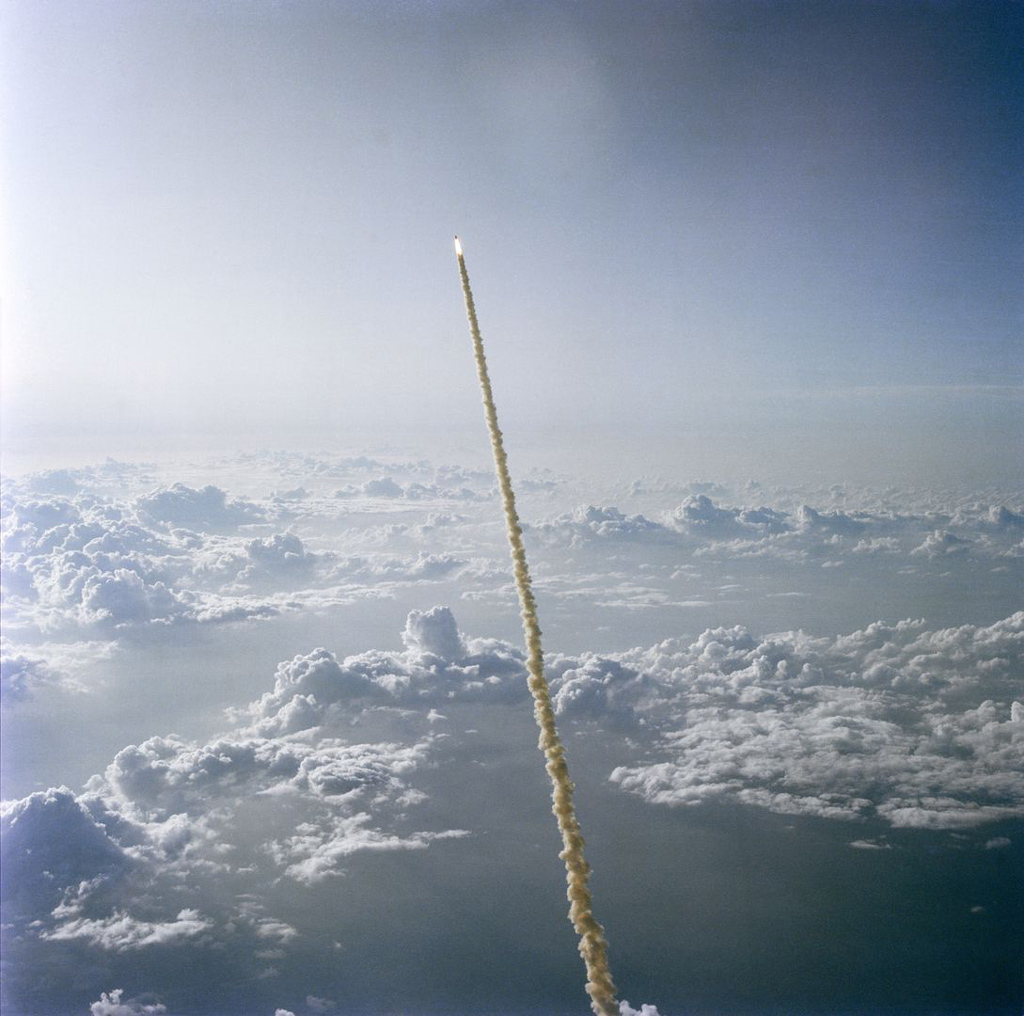
Through the Clouds
On June 18, 1983, Sally Ride became the first American woman to fly in space when the space shuttle Challenger launched on mission STS-7 from Pad 39A at NASA's Kennedy Space Center in Florida. The STS-7 crew consisted of astronauts Robert Crippen, commander, the first two-time space shuttle astronaut; Frederick H. Hauck, pilot; and three mission specialists -- Ride, John M. Fabian and Norman E. Thagard.
This high-angle view of the shuttle liftoff, showing a lengthy stretch of Florida Atlantic coastline and a number of large cumulus clouds, was photographed with a handheld 70mm camera by astronaut John W. Young, who piloted the Shuttle Training Aircraft (STA) for weather monitoring at launch and landing sites for STS missions.
One of Sally Ride's jobs was to call out "Roll program" seven seconds after launch. "I'll guarantee that those were the hardest words I ever had to get out of my mouth," she said later.





